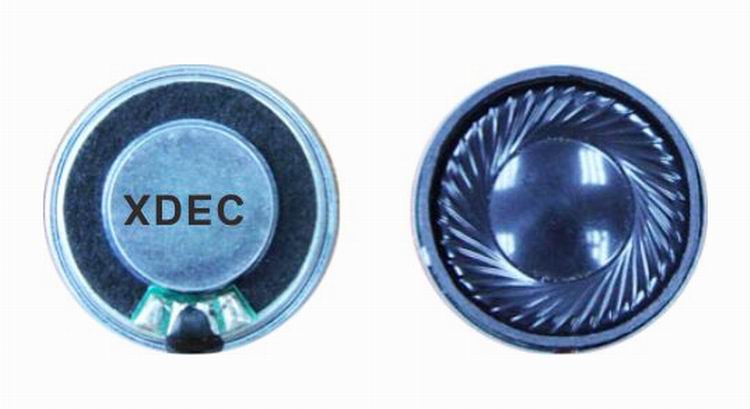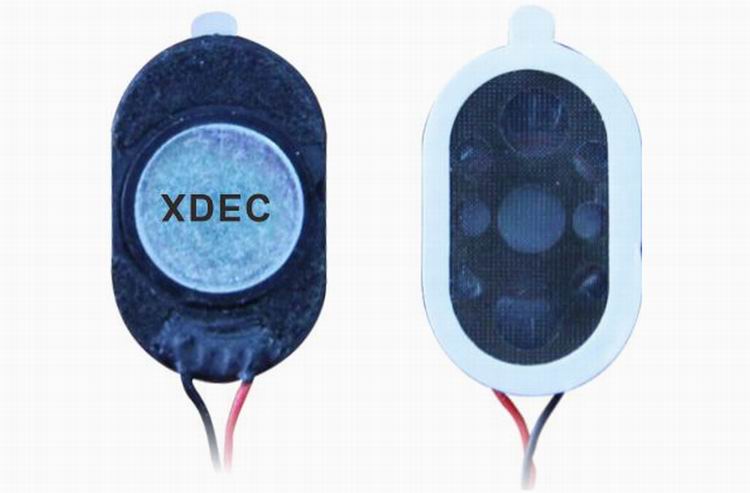Especially in the field of LED packaging and automated production equipment, in the current LED lighting market, the market demand has gradually increased in recent years.
Zhao Yutao, general manager of Shenzhen Hyunshuo Optoelectronics, was very touched by this. Since the second half of last year, Hyun Shuo’s automated spectroscopic and tape machine equipment orders have soared. In the first half of this year, the shipment of automated spectroscopic tape equipment has reached 800-900 units, the remaining 600 orders are scheduled to the end of this year.
"As the demand for LED lighting market gradually enlarges and the demographic dividend gradually disappears, LED lighting enterprises with traditional artificial production mode will face bottlenecks in development, and intelligent manufacturing will be the future development trend." Zhao Yutao said that the introduction of LED automated production lines, It can effectively solve the problem of ensuring the quality of products while further reducing production costs, improving product competitiveness, and making it easier to win customer recognition.
Zhao Yutao introduced that the fully automated production line can effectively save labor costs and increase production capacity quickly. It is suitable for mass production, shortens delivery time, improves yield, and produces products with higher product security.
In addition to LED packaging equipment manufacturers, domestic glue has formed a related supporting industrial chain under the stimulation of the rapid development of LED industry. Due to the high cost performance, the pace of replacing imported glue with domestic glue is accelerating.
“The role of encapsulant is to protect the chip and gold wire from environmental influences, reduce refraction and improve light efficiency.â€
Ma Jing, deputy general manager of Kangmet Technology, believes that after 2011, domestic silica gel is gradually approaching imported products in terms of quality, and it has also occupied a part of the domestic high-end market with high cost performance.
In the keynote speech, Ma Jing pointed out that LED domestic glue has gradually entered a mature stage from 2011 to 2012. Since 2013, the domestic LED silicone industry chain has basically formed, and the adoption rate of domestic packaging silica gel by LED packaging factory is increasing. High, in which the rapid decline in prices and increased cost pressure have played a big role in promoting it. “From 2013 to 2014, domestic LED glue has been fully applied. With the increase in market demand, we are also increasing R&D efforts and expanding production scale. In the future, with the popularization of applications, the localization rate of LED silica gel will be obtained. Further improvement, domestic glue will accelerate the replacement of imported glue products such as Dow Corning and Shin-Etsu Chemical."
In terms of the cooling kit, Liu Shiming, deputy director of Kangrong Fine Ceramics Engineering Center, brought a new trend of ceramic thick film technology in LED application in the keynote speech of the summit.
It is well known that LED lamps can only achieve stable luminous efficiency and quality under the good heat dissipation design, thereby reducing thermal attenuation and improving the life of products and peripheral components.
In recent years, ceramic heat sinks have received wide attention in the industry due to their high insulation (15kV/mm), high thermal radiation (>0.95), high thermal conductivity, excellent electromagnetic compatibility, and thermal cycle stability.
There are three main ways of heat dissipation: conduction, convection, and radiation. The ceramic material itself has a high emissivity (>0.95) and a large microscopic specific surface area, which can promote the heat of the surface of the ceramic heat sink to the air. The purpose of heat dissipation." Liu Shiming introduced at the meeting that the thermal conductivity of air is 0.03W/m·k at 75 °C. If there is no convection, the air conduction heat is very small, and the radiation heat determines the overall heat dissipation. effect. Therefore, in this case, ceramic materials have a unique heat dissipation advantage.
In Liu Shiming's view, LED lamps use ceramic heat-dissipating materials instead of metal materials to obtain more stable quality, simplify the product system, reduce the system cost, and directly metal coating.

Intercome speaker:
Intercome speaker is a kind of micro speaker unit which uses a diaphragm made of Mylar material. Mylar speakers are of ultrathin design and lightweight and clear voice. It is widely used in building security industry (e.g. intercom, video door phone, intelligent door control..)
There are two types of Mylar speakers from the shapes:
1) Round shapes, we have products from 10mm to 57mm in diameter.
2) Oblong shape, we have products in sizes of 1510/1712/1813-..



FAQ
Q1. What is the MOQ?
XDEC: 2000pcs for one model.
Q2. What is the delivery lead time?
XDEC: 15 days for normal orders, 10 days for urgent orders.
Q3. What are the payment methods?
XDEC: T/T, PayPal, Western Union, Money Gram.
Q4. Can you offer samples for testing?
XDEC: Yes, we offer free samples.
Q5. How soon can you send samples?
XDEC: We can send samples in 3-5 days.
Intercom Speaker,Handheld Intercom Speaker,Window Intercom Speaker,Building Intercom Speaker
Shenzhen Xuanda Electronics Co., Ltd. , https://www.xdecspeaker.com